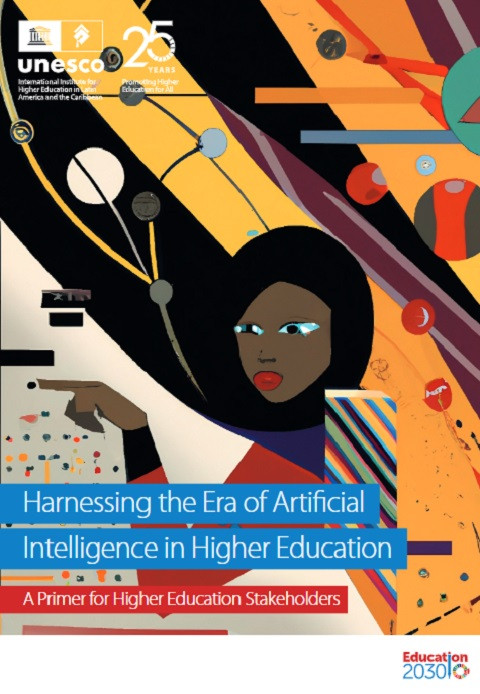
GCED Basic Search Form
Quick Search
当前位置
相关资源

There is no one universally accepted definition of AI. UNESCO’s approach to AI, which would of necessity change over time to align with future developments, focuses on the imitation of human intelligence: “machines capable of imitating certain functionalities of human intelligence, including such features as perception, learning, reasoning, problem-solving, language interaction, and even producing creative work” (UNESCO, 2019b, p. 24). AI can be applied to learning, teaching and assessment in a range of ways. However, while offering exciting prospects to apply technology for positive change, there remain many risks and challenges. The impact of AI on higher education is already being felt strongly in the way that HEIs are governed and managed. Data can be used in AI tools that support learning and teaching processes; it can similarly inform governance and management processes and procedures, potentially making them more effective and efficient. Research on AI has greatly increased. Based on recent publication trends, there has been a surge in publications concerning pattern recognition and machine learning in the last five years. However, only 1.4% of articles on AI applications in higher education addressed issues related to ethics, challenges and risks. AI is expected to bring about profound changes for the higher education sector, presenting numerous opportunities as well as serious and urgent challenges that must be addressed in the transition towards AI-driven systems.
